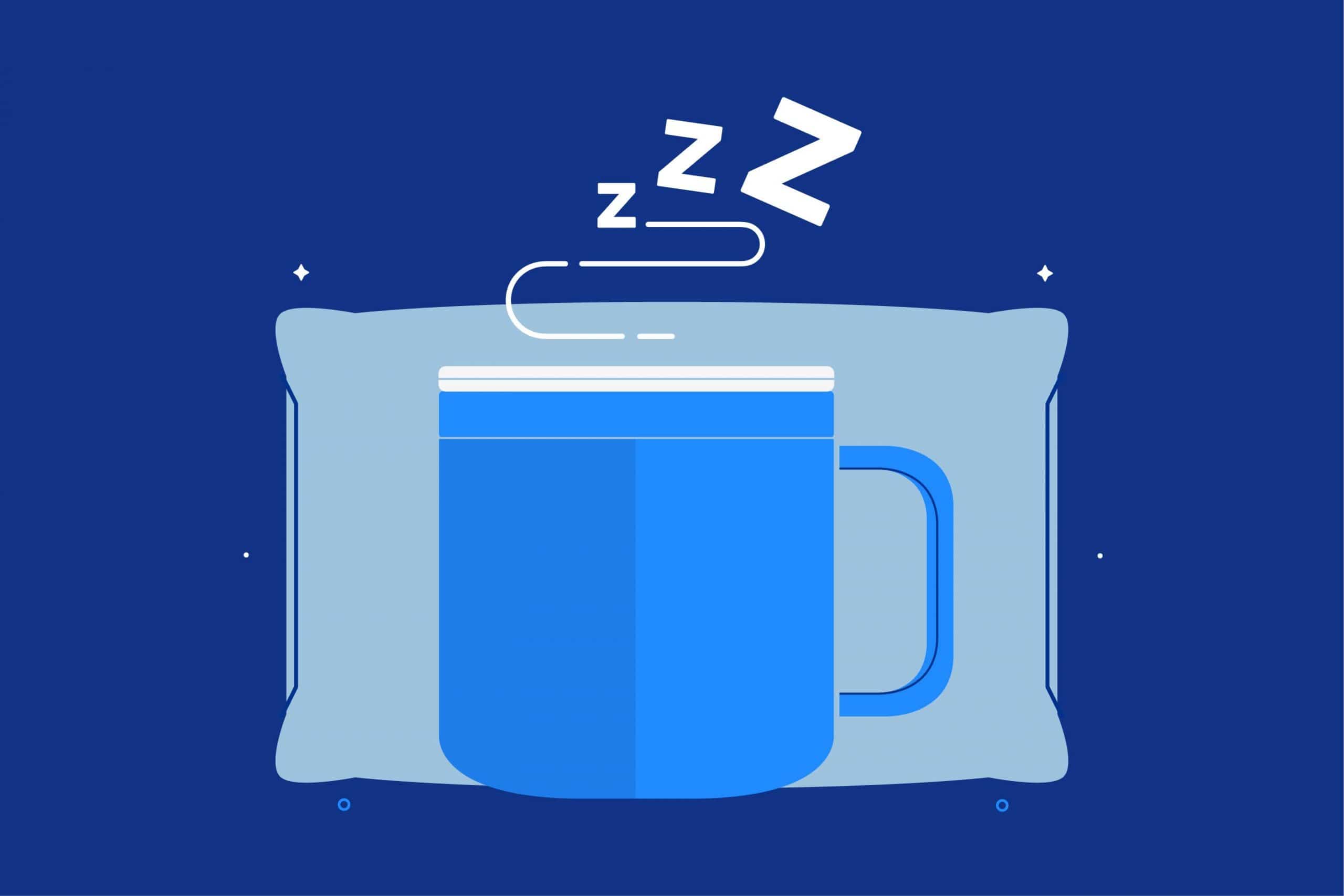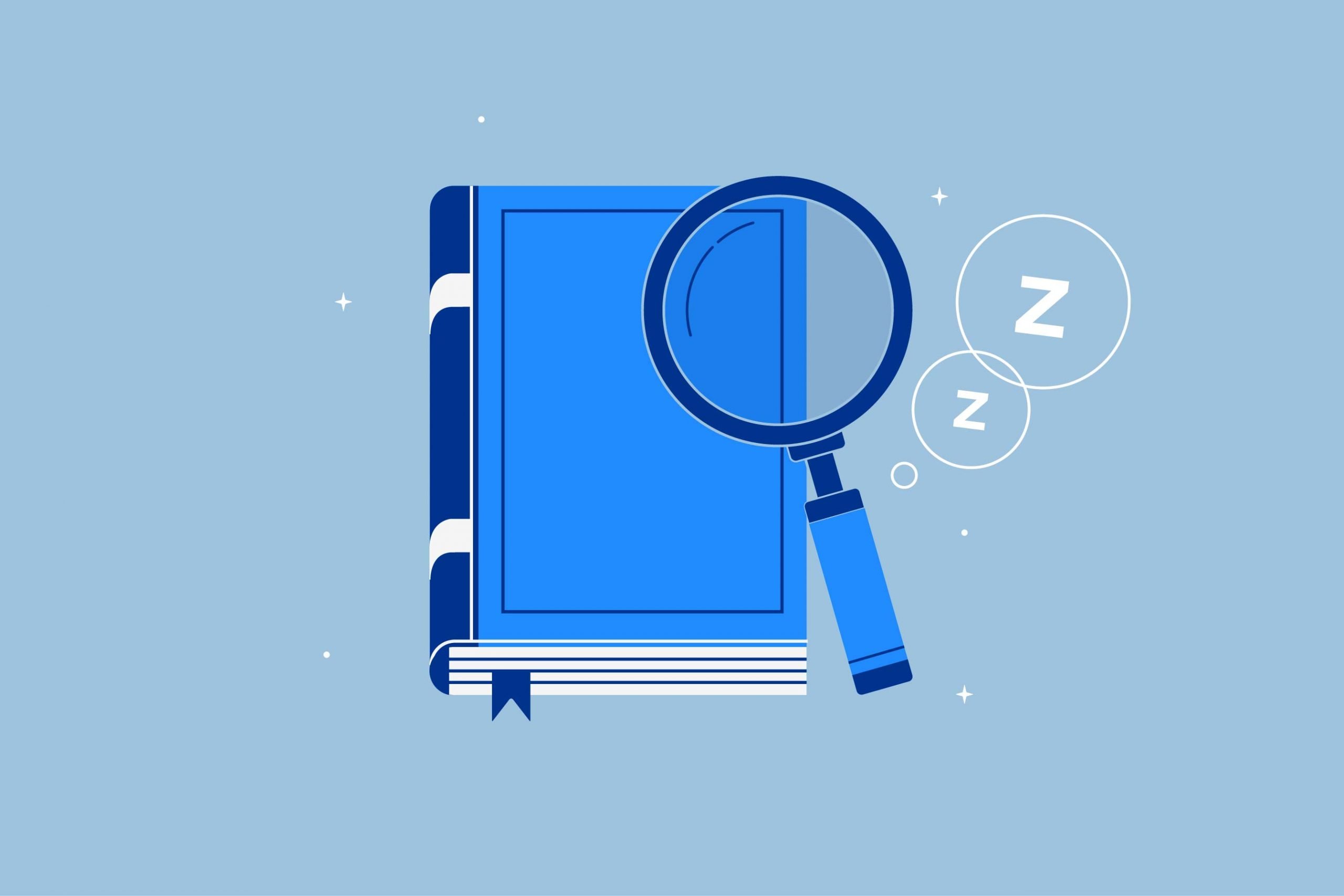Key Takeaways
- Coffee Naps for a Quick Energy Boost: Combining a cup of coffee with a short 20-minute nap, known as a coffee nap, can provide an effective energy boost during the day. The caffeine in the coffee and the natural clearing of adenosine during the nap work together to enhance alertness and reduce drowsiness upon waking.
- The Science Behind Coffee Naps: Caffeine is a stimulant that competes with adenosine in the brain, which accumulates and causes drowsiness. Napping naturally clears adenosine, allowing caffeine to have a more significant impact when consumed just before a brief nap. Several studies support the effectiveness of coffee naps in improving alertness and performance.
- Optimal Duration and Process: To make the most of a coffee nap, it’s essential to limit the nap to 15-20 minutes, ensuring you don’t enter the deeper stages of sleep. Drinking black coffee quickly is recommended to experience the full benefits of caffeine, and a comfortable and quiet sleeping environment can facilitate a quick and refreshing nap. Coffee naps are best taken in the mid-day to avoid sleep disruptions close to bedtime.
Coffee and sleep don’t seem to go hand in hand, but sometimes a cup of coffee right before a short nap may work wonders for you. Gulping down a cup of coffee before you sleep doesn’t sound right, in fact, coffee and sleep are counterintuitive. But a cup just before a nap allows you to maximize the benefits of both coffee and sleep.
Coffee naps help you in getting a much-needed energy boost in the middle of the day. If you are feeling tired then a caffeine nap maybe your quick-fix solution—gulp down a cup of coffee, preferably black, and snooze for 20 minutes. You may wake up with renewed energy.
The Science Behind a Coffee Nap
Coffee is a stimulant. When you drink coffee or anything with caffeine, it gets absorbed through the small intestine and passes on to the bloodstream. Caffeine is both water and fat-soluble—it dissolves in your blood and cell membranes. These properties cause caffeine to penetrate the blood-brain barrier and enter your brain.
Once in the brain, caffeine sits in the brain cell receptors meant for adenosine, a chemical neuromodulator which when accumulated in high quantities makes the body feel tired. Structurally caffeine is like adenosine—it can easily fit into the brain cell receptors meant for adenosine. But in doing so, it has to compete with adenosine.
Naps naturally clear adenosine from the brain. If you nap for 20 minutes after drinking your coffee, you are effectively clearing adenosine from the brain and reducing competition for caffeine when it finds its way to the brain cell receptors. In a coffee nap, some levels of competing adenosine get cleared when you nap, so caffeine enjoys the privilege of more space in your brain, heightening your alertness.
Studies Showing Efficacy of Coffee Naps
The theory of coffee naps sounds promising. Scientists and researchers have conducted some studies to support the claim that coffee naps are more effective than either coffee or naps alone. While there have only been a few studies on this subject with small sample sizes, they all point to the fact that coffee naps are effective.
A study in 12 sleep individuals Verified Source National Library of Medicine (NIH) World’s largest medical library, making biomedical data and information more accessible. View source indicates that participants who took 200 mg of caffeine followed by a 15-minute nap before being placed in a driving simulator for two hours felt 91 percent less sleepy behind the wheel than those who didn’t have caffeine and a nap. This holds true even if they didn’t sleep during their nap period, and just laid there half-asleep.
Another study in 10 young healthy adults showed that caffeine and naps improved performance in computer tasks Verified Source ScienceDirect One of the largest hubs for research studies and has published over 12 million different trusted resources. View source than just a nap, a nap followed by exposure to bright light, a nap followed by face washing, or no nap at all.

Coffee naps were found to be effective in counteracting driver sleepiness. Verified Source National Library of Medicine (NIH) World’s largest medical library, making biomedical data and information more accessible. View source In this study, 10 sleepy adults who took 150 mg of caffeine before sleeping for less than 15 minutes felt significantly less drowsy during their two hours in a driving simulator, compared to the control group.
All these studies point to the fact that coffee preceding your nap enhances productivity.
Duration of a Coffee Nap
Timing is crucial in a coffee nap. If you want to leverage the benefits of both coffee and a nap, then your coffee nap should be between 15 to 20 minutes long. It shouldn’t be longer than 20 minutes, otherwise, coffee naps aren’t as effective.
The whole process of coffee disintegrating and reaching your brain takes about 20 minutes, and by then, your body will start to feel the effect of coffee. Before that, if you can quickly nap and naturally clear adenosine from your brain then it leaves more room for the caffeine to settle in your brain cell receptors. The presence of more stimulants enhances your performance for the rest of the day.
There is another reason why napping more than 20 minutes is not recommended in a coffee nap. Your body takes around 20 minutes to get into the deeper stages of sleep, and if you were to wake up from a deep-sleep stage then you are likely to feel groggy and disoriented for some time. You will be in a state of sleep inertia, which counters the effect of a coffee nap.
Instead, when you sleep for 20 minutes you wake up before entering the deeper stages of sleep. You don’t experience sleep inertia and wake up feeling refreshed.
How to Take a Coffee Nap
It’s best to quickly gulp down your coffee, because if you sip it slowly then even before you finish your cup the caffeine may start affecting your body. You may opt for a cold coffee, so its easier to finish.
It’s better to avoid sugar, cream, or milk—opt for a black coffee or espresso shots. This maximizes the benefits of a coffee nap as your body gets caffeine in an unadulterated form. Though there are other caffeinated beverages like tea, soda, and energy drinks, you need to ensure that you are getting the required amount to feel the effects of caffeine.
To make it easier to fall asleep quickly, take your nap on your bed (not couch), close your blinds and curtains, and use ear plugs and an eye mask if available. You can turn on a white noise machine or use a white noise app on your phone, using background noise to help drown out the sounds you may hear during the day. Put your phone into airplane mode so you’re not bombarded with EMF and notifications while you sleep.
If you have glasses or contacts, take them out before making yourself comfy. Sleeping with contacts in is a recipe for eye damage, even for a quick nap.
Find a comfortable spot for yourself, drink your coffee, close your eyes, lie down or sit back in a relaxed position, and set an alarm for 20 minutes. Even if you are partially asleep, this will help your body to reap the maximum benefits of a coffee nap.
FAQs
What is the best time of the day for a coffee nap?
For a mid-day energy boost, coffee naps are ideal. But if you feel lethargic in the morning after waking up, you can still try a coffee nap. Under no circumstances should you try a coffee nap when you are close to bedtime. The effect of caffeine does not wear off quickly and leads to sleep disruptions. You can try it anytime six hours before bedtime.
Ideally, you have a coffee nap no later than 1 PM in the afternoon, because caffeine impacts everyone differently, and you do not want to have it lingering in your body when you’re trying to go to sleep that night. Many people are more sensitive to caffeine than they may realize, so avoiding it after 1 PM typically prevents any sleep and energy issues later that day and the next.
Can you sleep after drinking coffee?
Caffeine affects your quality of sleep. But in a coffee nap, you don’t enter deep sleep. You want a quick nap to naturally clear adenosine and make way for caffeine to set into your brain cell receptors for stimulation.
To help get into a relaxed mindset for the nap, try meditating or calming breathwork beforehand. It can be hard to stop and take a nap during the day, especially when working, so getting into more of a parasympathetic state prior to the nap can help make the transition into sleep easier.
Conclusion
The united effort of coffee and a power nap is evident in a coffee nap. Your energy levels peak when you can optimally utilize the effect of caffeine. A 20-minute nap sets the pace for maximizing the benefits of caffeine.
About the author
Geoff McKinnen is a writer focusing mainly on the healthcare industry and has written articles on everything from foods to help you lose weight to the connection between Alzheimer’s and sleep. Geoff’s passionate about helping readers improve their well-being to lead happier lives. Outside of work, Geoff enjoys cycling and hiking and believes that by leading a healthy lifestyle, he can help others do the same.
View all posts





